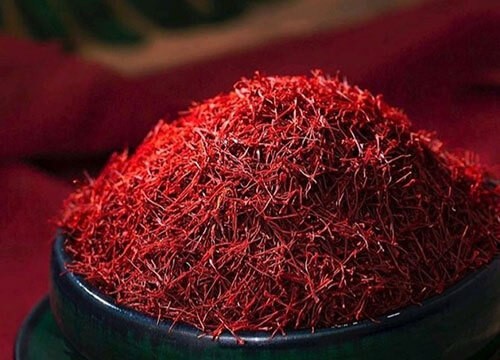If you’ve seen the word kasubha on a spice label or in a tea blend, you may wonder: Is kasubha the same as saffron? Although they look similar at first glance, kasubha and saffron are not the same. Understanding the difference is essential—especially if you’re buying saffron for its unique flavor, color, or health benefits.

Let’s explore the key differences between the two, so you know exactly what you’re getting.
What Is Kasubha?
A Cheaper, Look-Alike Substitute
Kasubha is the Filipino name for safflower (Carthamus tinctorius), a plant that produces reddish-orange petals. While it resembles saffron threads, it comes from an entirely different flower. It is commonly used as a natural food coloring or herbal tea ingredient.
Kasubha offers mild benefits and adds a light yellow tint to dishes or drinks. However, it lacks the intense flavor, aroma, and medicinal compounds found in true saffron (Crocus sativus).
How Is Kasubha Different from Saffron?
Key Differences You Should Know
Although kasubha and saffron look alike, they differ in several important ways:
| Feature | Saffron (Crocus sativus) | Kasubha (Carthamus tinctorius) |
|---|---|---|
| Color | Deep red with orange tips | Reddish-orange petals |
| Flavor | Earthy, floral, and slightly bitter | Almost tasteless or mildly bitter |
| Aroma | Strong and distinct | Very mild or none |
| Price | Very expensive | Affordable |
| Uses | Culinary, health, skincare | Coloring, herbal tea, garnish |
| Health Benefits | Mood support, sleep, PMS relief | Mild antioxidant properties |
Because saffron is hand-harvested from crocus flowers and contains powerful compounds like crocin and safranal, it costs significantly more than kasubha. In contrast, kasubha is much easier to grow and harvest, making it a more economical—but less potent—alternative.
Can Kasubha Be Used Instead of Saffron?
Only If You’re After Color—Not Flavor or Benefits
If you’re only looking to add a yellowish color to rice or soup, kasubha can work as a visual substitute. However, if you’re after saffron’s distinct taste, aroma, or wellness properties, kasubha won’t deliver the same results.
For example, saffron is known for supporting mood balance, better sleep, PMS relief, and antioxidant support. Kasubha doesn’t offer those benefits in any clinically proven way.
Final Thoughts: Kasubha vs. Saffron
To sum it up, kasubha is not the same as saffron. While it may look similar and cost less, it does not offer the same flavor, potency, or health benefits. If you’re shopping for real saffron, always check the label and look for its botanical name: Crocus sativus.
✅ Choose kasubha for color and affordability
✅ Choose saffron for authentic flavor, aroma, and therapeutic benefits
When quality matters, especially in cooking or supplementation, always go for pure, lab-tested saffron from a trusted source.
https://saffronexporter.com/best-substitute-…-saffron-threads/1128/






